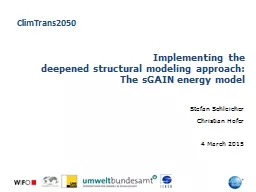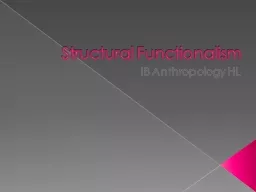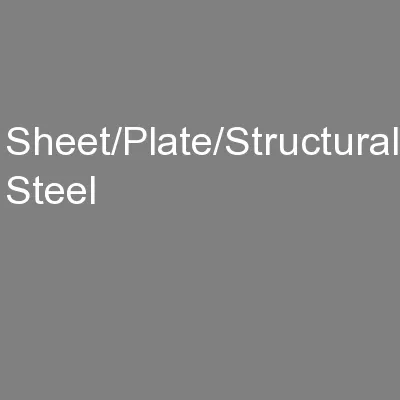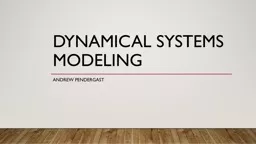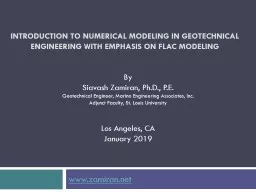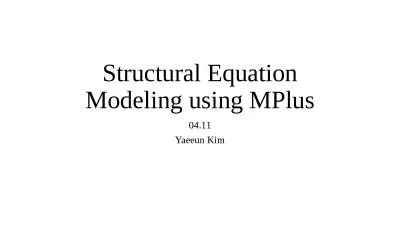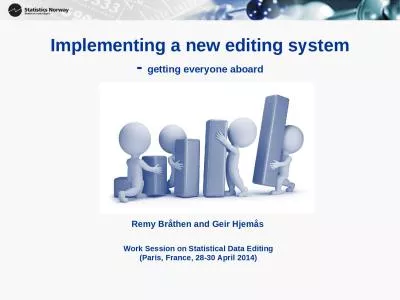PPT-Implementing the deepened structural modeling approach:
Author : briana-ranney | Published Date : 2018-03-19
The sGAIN energy model Stefan Schleicher Christian Hofer 4 March 2015 ClimTrans2050 We demonstrate the implementation of the envisaged deepened structural modeling
Presentation Embed Code
Download Presentation
Download Presentation The PPT/PDF document "Implementing the deepened structural mod..." is the property of its rightful owner. Permission is granted to download and print the materials on this website for personal, non-commercial use only, and to display it on your personal computer provided you do not modify the materials and that you retain all copyright notices contained in the materials. By downloading content from our website, you accept the terms of this agreement.
Implementing the deepened structural modeling approach:: Transcript
Download Rules Of Document
"Implementing the deepened structural modeling approach:"The content belongs to its owner. You may download and print it for personal use, without modification, and keep all copyright notices. By downloading, you agree to these terms.
Related Documents

